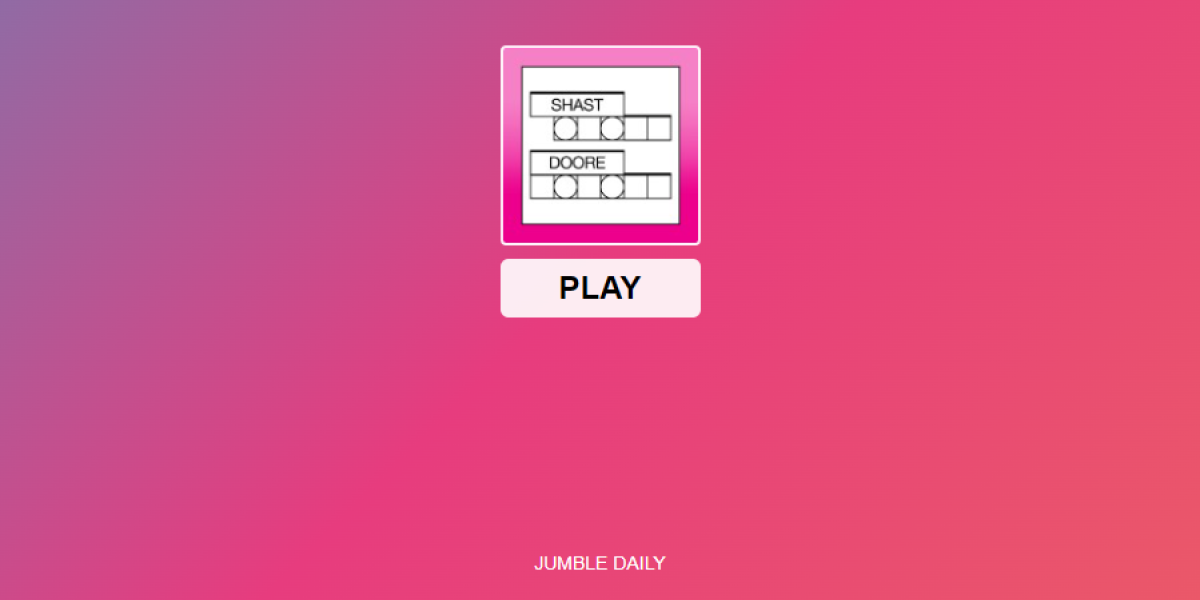Halo 5: Guardians is trying very, very hard. There’s a tradition to uphold. Once upon a time this franchise was practically the only name on Xbox Live—by June 2006 over 700 million hours had been logged into Halo 2’s multiplayer. This was the first taste of what competition could look like outside of LAN cables and splitscreens for many kids. And they ate it up graciously.
It’s been 11 years, however, since that cross-cultural peak, and while Halo is still probably one of the three or four most important franchises in gaming, it’s a lot more crowded at the top. Master Chief contends with the endlessly renewed Call of Duty franchise, free-to-play juggernauts like League of Legends and Dota 2, as well as more persistent, holistic shooters like Borderlands and Destiny. For the first time ever, it feels like Halo is lagging behind.
That’s kind of why I find “Warzone,” the new multiplayer mode that serves as Microsoft’s counter to the Leagues of the world so interesting, There’s a true power vacuum in console esports. Nobody—not Sony, not Microsoft, not Nintendo—has been able to capture the steady profitability of a dedicated, supported pro scene. This will change rapidly. Between the upcoming, well-funded Battleborn and Gigantic, more and more people are throwing their hat into the ring as far as controller-based MOBAs go. But Halo 5 is the first try. Warzone is a complete reinterpretation of what Halo is, and it’s fascinating that we live in a world where a franchise this well-established is forced to do some soul-searching.
Warzone plays a lot like what you imagine a MOBA-slash-FPS would feel like. Each team has a “core,” which becomes vulnerable if three control points around the map are capped by one side.You can win in two different ways: destroy the enemy’s core, or reach 1,000 victory points first (through the traditional means of player frags, and also new League-ish stuff like NPC and boss kills). Your default spawn saddles you with that best-of-breed assault rifle and a pistol, but if you do well over the course of a game you’ll get access to progressively higher-tier weapons, vehicles, and upgrades. So if I hit rank six during a match, I’d be able to spend a “card” that costs six (more on that later) to outfit myself with, say, a fucking tank, which obviously turns the tide of battle.
The cards I mentioned are something you get from an even broader metagame where you’re spending revenue earned in game on digital, Hearthstone-esque packs. The cards in each pack might hook you up with cosmetic customization swag, some of them give you permanent use of a weapon or vehicle, but most of them are used for one-time acquisitions. It’s actually a pretty fun system. Like let’s say I have rocket launcher card and I burn it into a competitive game. There’s a chance I’m a hero! There’s also the chance I immediately die and I’ve spent all my points for absolutely no gain whatsoever.
It’s easy to see what Microsoft is going for. The card system allows you to build specific loadouts, counters, and battalions. A coordinated team could, for instance, all spawn in banshees at the same time to make a hyper-mobile push for the core. It adds a level of nuance that you don’t usually get from the traditional big-team Halo slugfests, and it’s a welcome change from the always unfun spawn camping you’d see in the Halo 2 glory days. It’s also pretty simple to understand. Unlike League of Legends, you’re not being asked to navigate an arcane item ladder. There’s no math here. Warzone is still a game about twitchiness and positioning, which is good. Halo might be modernizing its multiplayer philosophy, but it hasn’t lost its soul.
But will it work? Will Halo be the first console game to nurture a truly significant pro scene? I’m not sure. As of this writing, Halo 5 is sitting peacefully at 53 on Twitch, holding a scant 836 viewers. Much, much older games, like Battlefield 4, The Binding of Isaac, Diablo 3, even Runescape sit ahead of it. Halo has always been one of the first things you think of when you consider competitive multiplayer, but right now it’s being outranked by, like, Super Mario Maker. This is probably not the auspicious beginnings Microsoft was hoping for as it unveiled Warzone back at E3.
There’s a chance the world has simply moved on. Call of Duty: Black Ops III was released about a week after Halo 5, and it’s sporting a massive 25,000 viewers. 25,000! Later in the year, Microsoft will fund the Halo World Championship with a $1 million prize pool, which is certainly a step in the right direction. But I’m not quite sure if that will make up any ground.
It reminds me of the position Blizzard’s Heroes of the Storm is in right now. Here’s a well-designed game from a legendary developer that adapts to all key trappings you’d expect from a top-down MOBA, but it still hasn’t caught on in the way Blizzard would like it too. There’s no real reason why, outside the mere fact it might’ve been released too late, amongst too many secure reputations in Dota or League. It’ll continue to find its footing, and Blizzard will continue to dump money into its success, but will it ever be taken as seriously as, say, LCS? I’m not sure. Microsoft is doing everything right with Halo, but it’s not 2007 anymore. Culture has shifted, new games and opportunities have risen, and one of the most successful franchises in the history of multiplayer gaming will be playing catch up for a long, long time.
Image via 343 Studios







Published: Nov 17, 2015 01:08 pm